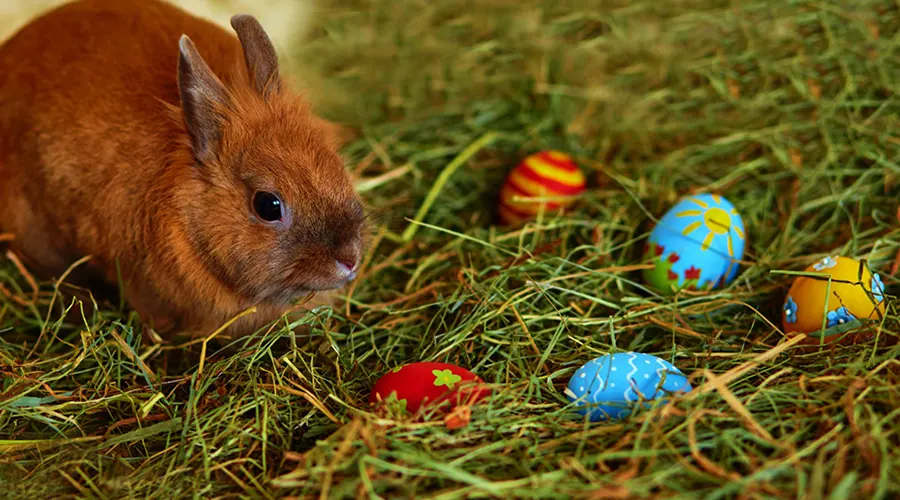Pemayangtse Monastery
Another ancient monastery in the Sikkim state, the Pemayangtse Monastery is also one of the prominent Buddhism pilgrimage sites which are located near Pelling around 140 km from the capital city of Sikkim, Gangtok. The monastery was designed and built by the Lama Lhatsun Chempo in the year 1705 and it was further enlarged and renovated over time. The Pemayangtse Monastery follows and also controls other monasteries of the Nyingma Order of Tibet Buddhism in Sikkim. The architecture of the monastery astonishes viewers with a wide range of the finest sculptures and wall paintings. The stunning statues near the entrance of the monastery offer a splendid viewing experience. The beautiful picturesque surrounding of the monastery makes it a famous tourist destination.
History
Initially chalked and planned as a Lhakhang (the main temple hall with a shrine) in the 17th century by Lama Lhatsun Chempo, the building was further added on and enlarged during the reign of the third king of Sikkim - Chakdor Namgyal (1700-1717). To preserve the Buddhist religion in Sikkim, he ordered that every three sons of a Bhutia family shall ordain as a monk at the Pemayangtse Monastery. Ever since the regal monastery is home to 108 monks who here are traditionally chosen from a community of people of Tibetan ancestry called Bhutias. The location has been subject to several earthquakes in 1913 and 1960, which over the course wrecked its foundations. It has been renovated and rebuilt many times since.
Architecture
The Pemayangtse Monastery is situated at an altitude of 6840 feet and provides unmatchable serene views of snowcapped mountains, including the lofty Kanchenjunga peak. The architectural and engineering feats of the opulent monastery are impressive as it has withstood the brutal test of time enduring natural calamities such as earthquakes. The main prayer hall is spread over an area of approximately 140m2 (1500 square feet) and accommodates several statues, windows and doors adorned with vibrant colors. The main statue of Padmasambhava here portrays his wrathful form with multiple arms and heads.
The first floor of the monastery houses ancient scrolls, excellent paintings, well-crafted idols, and sculptures while the stand-out attraction is the seven-tiered wooden painting on the top floor of the monastery, depicting Guru Rinpoche's heavenly palace - "Santopalri". A feat that was designed and constructed over 5 years by Dungzin Rinpoche.


























